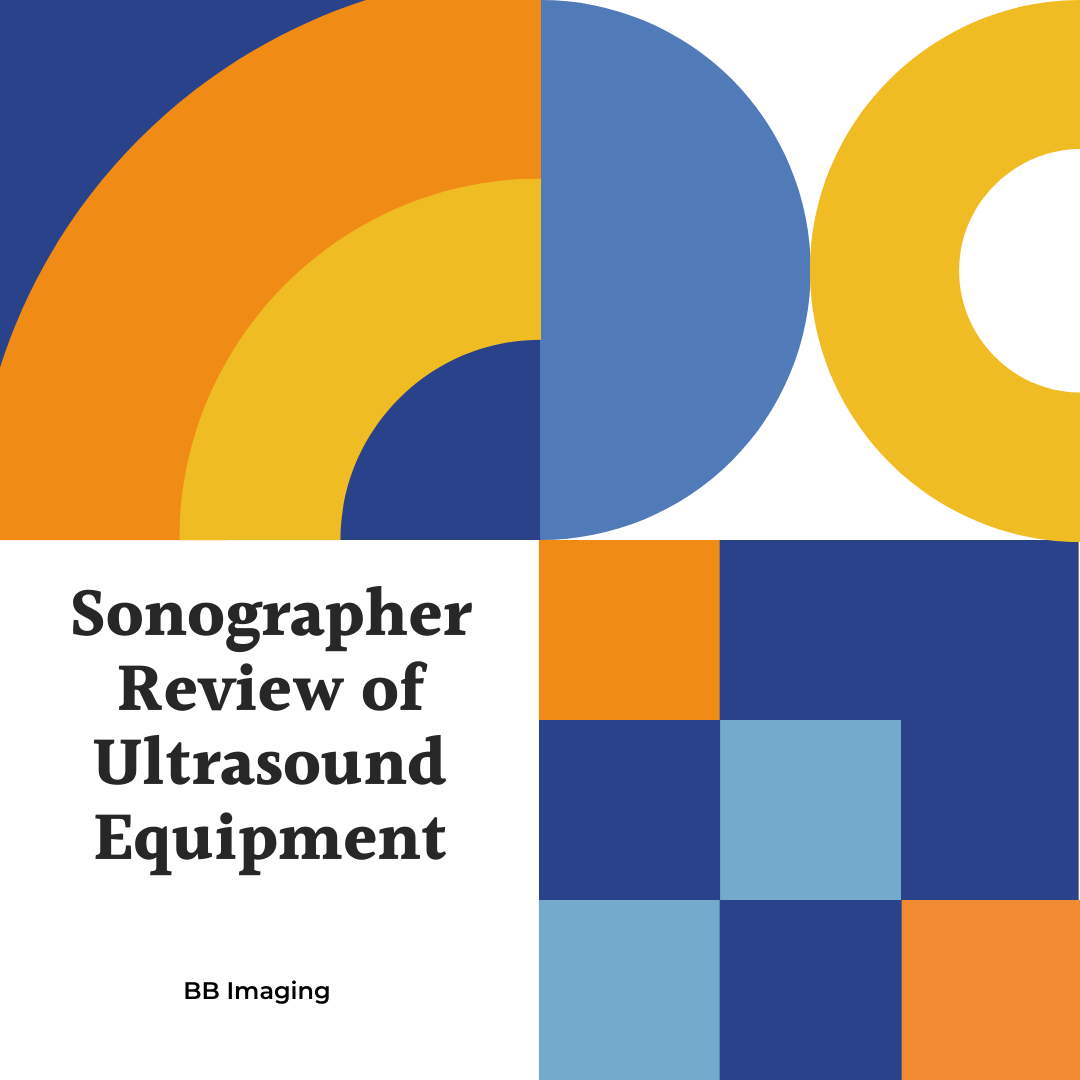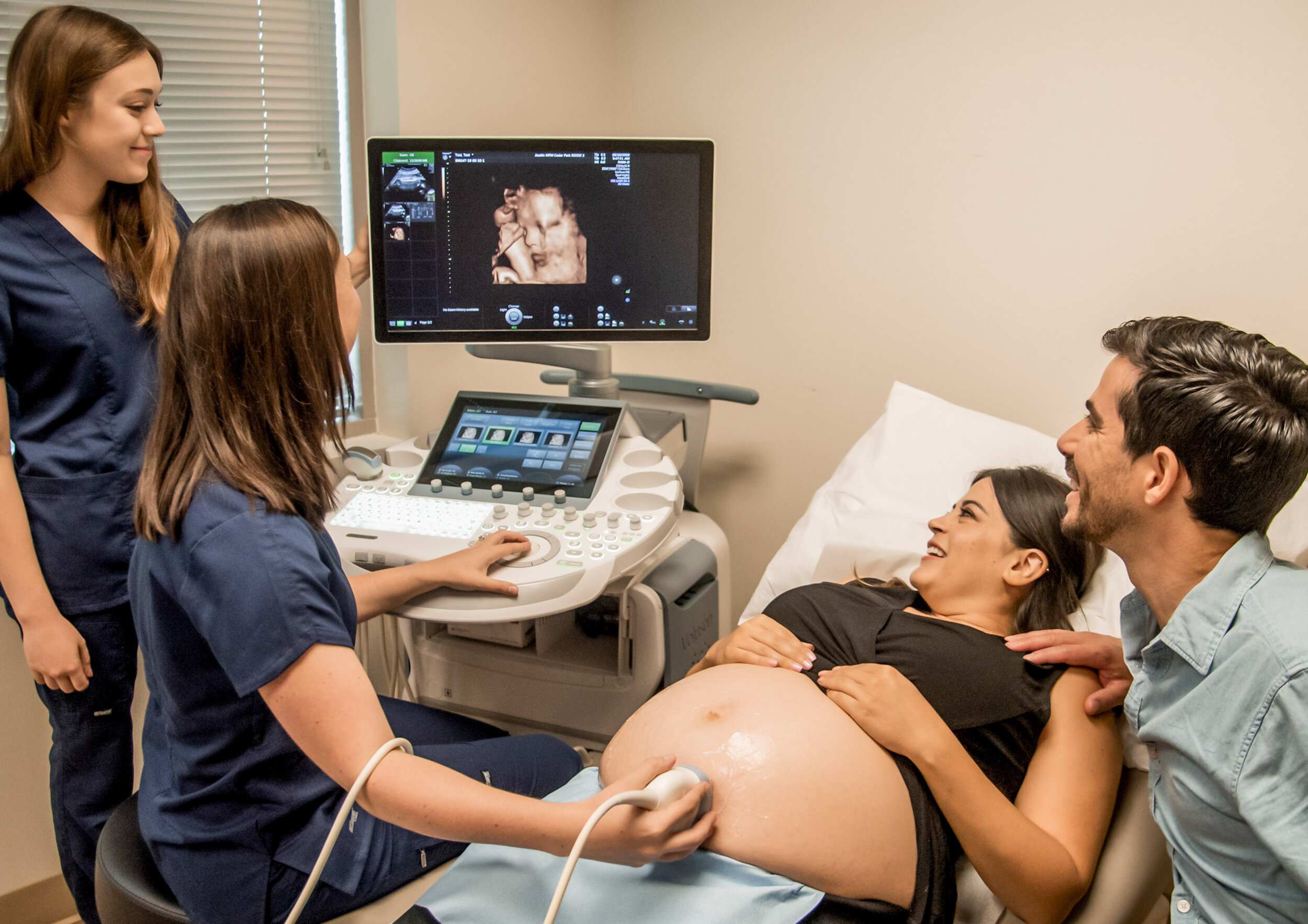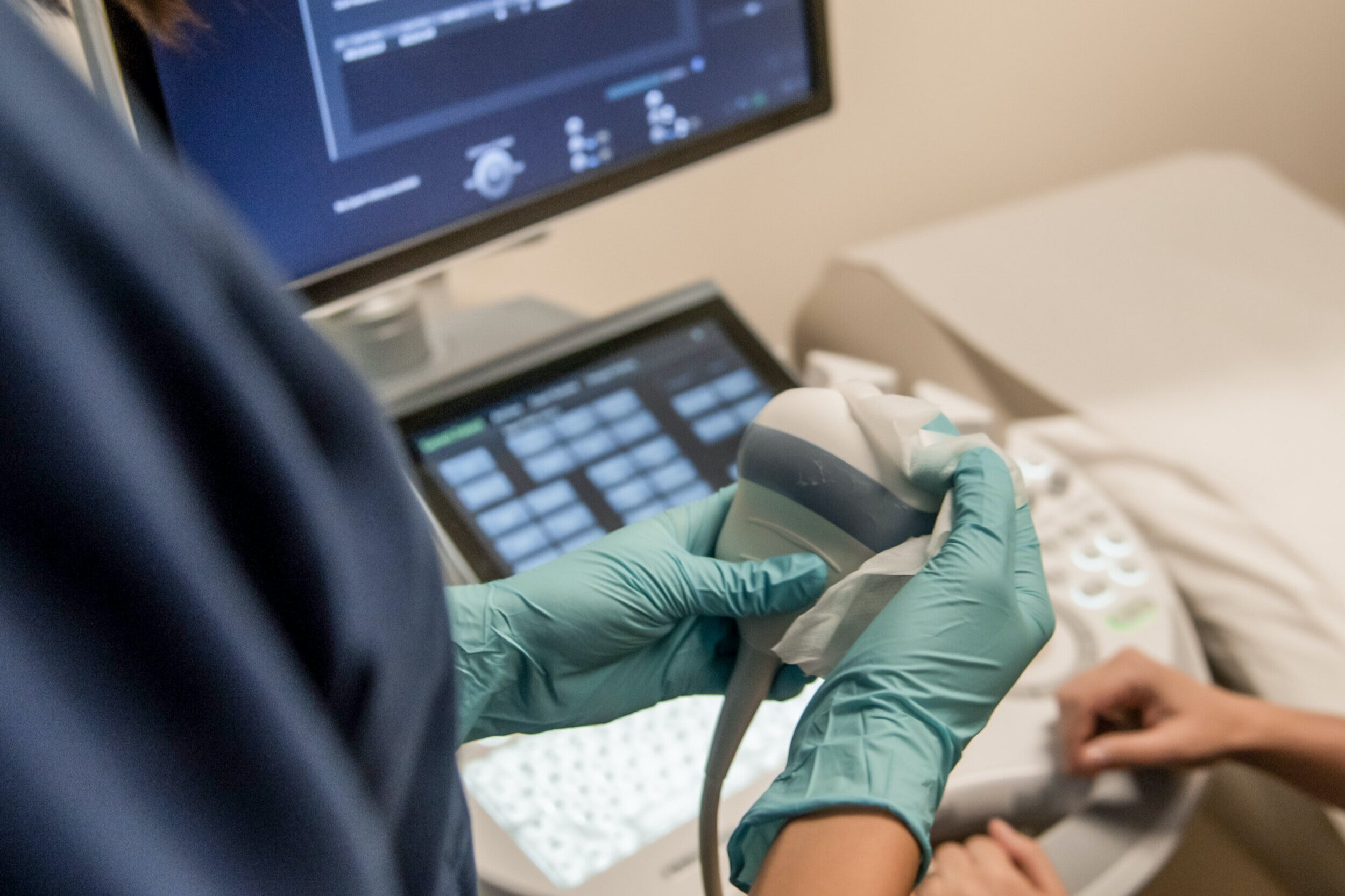Promoting diversity in the workplace may be trending but this is so much more than a fad. A diverse workplace creates a safe and welcoming space for people of different genders, races, religions, and sexual orientations. Diversity brings different perspectives and experiences for problem solving and innovation. It is especially beneficial in the healthcare industry to intentionally create and promote a diverse workforce.
At BB Imaging, our focus is on diagnostic ultrasound services. We believe that women, no matter their location or financial status, should have access to high-quality healthcare. “Serving the underserved is not just good for business, but good for our greater human community,” Diana Ferguson, Chief of Staff at BB Imaging.
To provide the highest standard of care to people across all socioeconomic classes, education levels, religions, and races it is necessary to create a culturally competent workforce of healthcare professionals. Diverse and educated practitioners are more likely to be sensitive to and able to work within different belief systems, cultural biases, or family structures.
We strive to create a diverse and inclusive environment at BB Imaging because we strongly believe that increasing the overall number of minority sonographers will bring significant improvements in providing access to high-quality healthcare services for minority populations.
So, how do we continue to grow and promote a diverse workforce? We focus on four key factors.
-
Keeping our hiring team diverse. Studies show people tend to have a subconscious bias and hire people who are like them. If your hiring and recruiting team are not diverse, you will end up with a cookie-cutter staff. Including people of different races, education levels, or sexual orientations on the hiring team provides an opportunity for consideration that candidates may not otherwise get due to inherent bias. This also helps to promote an inclusive company culture.
-
We are intentional with our efforts to promote diversity. We don’t just want to hire diverse people to “check a box.” We truly want to create a welcoming environment where people of different backgrounds feel safe to participate. Our business thrives as we look at problems through different lenses and with new perspectives.
-
We want to serve the underserved. The Society of Diagnostic Medical Sonography found that diverse healthcare professionals tend to have a passion to work in areas that are underserved. Additionally, Hispanic and African American practitioners are more likely to provide healthcare services to Medicaid recipients and people of lower socioeconomic status, according to the Journal of Diagnostic Medical Sonography. To truly provide better healthcare access to a diverse population, we need to create a more diverse staff of minority healthcare providers and train current staff to provide culturally sensitive healthcare to underserved populations.
-
We promote from within. Creating a diverse workforce enables us to have a pool of internal candidates to choose from for job promotions and new positions. This naturally lends itself to creating a diverse management team and C-suite. We also maintain more welcoming and unbiased hiring practices to foster our inclusive culture.
Creating a diverse workforce and fostering an inclusive environment doesn’t just allow us to serve our mission. It creates a truly enjoyable workplace for all, encouraging innovating ideas and passionate solutions to real problems. We spend the majority of our lifetimes at work or with co-workers. It is beneficial to make that time as welcoming as possible in a safe environment, accepting of different and new ideas.











